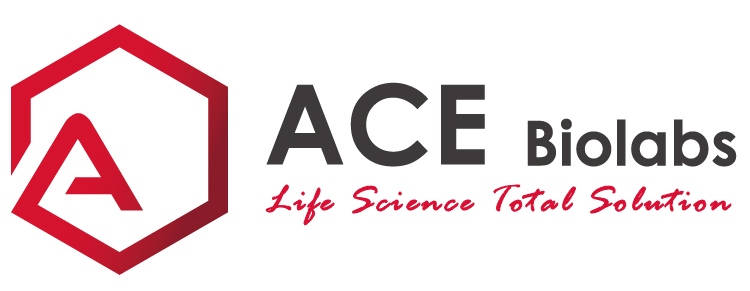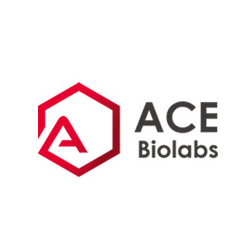JAK3 (Phospho Tyr981) Rabbit pAb
- Catalog Number : AP1590
- Number : AP1590
-
Size:
Qty : - Price : Request 詢價
- Stock : Request
General Information
| Reactivity | Human, Mouse, Rat | ||||||||||||
|---|---|---|---|---|---|---|---|---|---|---|---|---|---|
| Application | WB, IHC | ||||||||||||
| Host | Rabbit | ||||||||||||
| Clonality | Polyclonal | ||||||||||||
| Conjugate | Non-conjugated | ||||||||||||
| Isotype | IgG | ||||||||||||
| Immunogen | Synthesized peptide derived from human JAK3 (Phospho Tyr981) | ||||||||||||
| Molecular Weight | 73kD (Observed) | ||||||||||||
| Storage buffer | Liquid in PBS containing 50% glycerol, 0.5% BSA and 0.02% sodium azide. | ||||||||||||
| Storage instruction | -15°C to -25°C/1 year(Do not lower than -25°C) | ||||||||||||
| Research topic | >>Chemokine signaling pathway>>PI3K-Akt signaling pathway>>Necroptosis | ||||||||||||
| Alias | Tyrosine-protein kinase JAK3
Janus kinase 3 JAK-3 Leukocyte janus kinase L-JAK |
||||||||||||
| Recommended Dilution Ratio | WB 1:500-2000; IHC 1:50-300 | ||||||||||||
| Specificity | This antibody detects endogenous levels of Human,Mouse,Rat JAK3 (Phospho Tyr981).The name of modified sites may be influenced by many factors, such as species (the modified site was not originally found in human samples) and the change of protein sequence (the previous protein sequence is incomplete, and the protein sequence may be prolonged with the development of protein sequencing technology). When naming, we will use the "numbers" in historical reference to keep the sites consistent with the reports. The antibody binds to the following modification sequence (lowercase letters are modification sites):DYyVV | ||||||||||||
| Purification | The antibody was affinity-purified from rabbit serum by affinity-chromatography using specific immunogen. | ||||||||||||
| Gene Name | JAK3 | ||||||||||||
| Protein Name | JAK3 (Phospho Tyr981) | ||||||||||||
| Database Link |
| ||||||||||||
| Background | catalytic activity:ATP + a [protein]-L-tyrosine = ADP + a [protein]-L-tyrosine phosphate.,disease:Defects in JAK3 are a cause of severe combined immunodeficiency autosomal recessive T-cell-negative/B-cell-positive/NK-cell-negative (T(-)B(+)NK(-)SCID) [MIM:600802]. SCID refers to a genetically and clinically heterogeneous group of rare congenital disorders characterized by impairment of both humoral and cell-mediated immunity, leukopenia, and low or absent antibody levels. Patients with SCID present in infancy with recurrent, persistent infections by opportunistic organisms. The common characteristic of all types of SCID is absence of T-cell-mediated cellular immunity due to a defect in T-cell development.,domain:Possesses two phosphotransferase domains. The second one probably contains the catalytic domain (By similarity), while the presence of slight differences suggest a different role for domain 1.,function:Tyrosine kinase of the non-receptor type, involved in the interleukin-2 and interleukin-4 signaling pathway. Phosphorylates STAT6, IRS1, IRS2 and PI3K.,online information:JAK3 mutation db,PTM:Tyrosine phosphorylated in response to IL-2 and IL-4.,similarity:Belongs to the protein kinase superfamily. Tyr protein kinase family. JAK subfamily.,similarity:Contains 1 FERM domain.,similarity:Contains 1 protein kinase domain.,similarity:Contains 1 SH2 domain.,subcellular location:Wholly intracellular, possibly membrane associated.,subunit:Interacts with STAM2 and MYO18A (By similarity). Interacts with SHB.,tissue specificity:In NK cells and an NK-like cell line but not in resting T-cells or in other tissues. The S-form is more commonly seen in hematopoietic lines, whereas the B- and M-forms are detected in cells both of hematopoietic and epithelial origins. | ||||||||||||
| Function | regulation of transcription, DNA-dependent, regulation of transcription from RNA polymerase II promoter, protein amino acid phosphorylation, phosphorus metabolic process, phosphate metabolic process, cell surface receptor linked signal transduction, enzyme linked receptor protein signaling pathway, intracellular signaling cascade, protein kinase cascade, positive regulation of biosynthetic process, positive regulation of macromolecule biosynthetic process,positive regulation of macromolecule metabolic process, positive regulation of gene expression, phosphorylation,peptidyl-tyrosine phosphorylation, peptidyl-tyrosine modification, cytokine-mediated signaling pathway, positive regulation of cellular biosynthetic process, regulation of transcription, positive regulation of transcription, DNA-dependent, positive regulation of nucleobase, nucleoside, nucleotide and nucleic acid metabolic process, positive regulation of transcription, positive regulation of transcription from RNA polymerase II promoter, positive regulation of nitrogen compound metabolic process, regulation of RNA metabolic process, positive regulation of RNA metabolic process. | ||||||||||||
| Cellular Localization | Endomembrane system ; Peripheral membrane protein. Cytoplasm. | ||||||||||||
| Tissue Expression | In NK cells and an NK-like cell line but not in resting T-cells or in other tissues. The S-form is more commonly seen in hematopoietic lines, whereas the B-form is detected in cells both of hematopoietic and epithelial origins. | ||||||||||||
| Validation Data |
Immunohistochemical analysis of paraffin-embedded human Gastric adenocarcinoma. 1, Antibody was diluted at 1:200(4° overnight). 2, Tris-EDTA,pH9.0 was used for antigen retrieval. 3,Secondary antibody was diluted at 1:200(room temperature, 45min). |







.png)